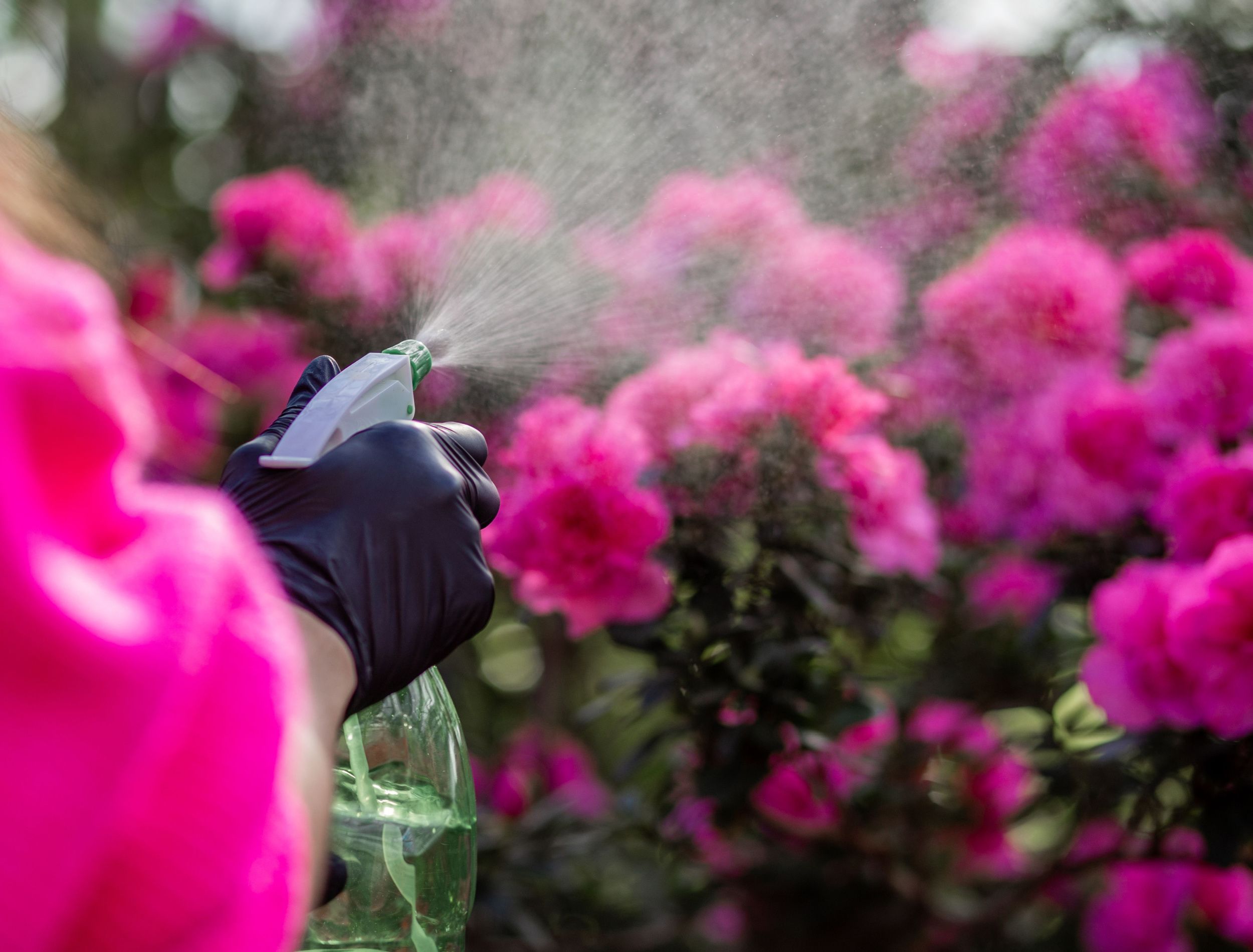Yard Mistakes: What Plants Don't Like Epsom Salt and Just How to Prevent Them
Yard Mistakes: What Plants Don't Like Epsom Salt and Just How to Prevent Them
Blog Article
Learn More About the Details Plants That Are Negatively Affected by Epsom Salt Application
Epsom salt, a popular household solution for different horticulture issues, is usually applauded for its beneficial effects on plant development. Understanding the particular plants that can be adversely impacted by Epsom salt is vital for any type of gardener looking to optimize their plant treatment routine.
Roses

Roses, specifically delicate to adjustments in their atmosphere, can be negatively impacted by the application of Epsom salt. While Epsom salt is commonly utilized as a fertilizer to advertise plant growth and improve flowering, roses are just one of the plants that do not respond well to its application. The high magnesium content in Epsom salt can disrupt the uptake of other crucial nutrients by the rose plants, causing deficiencies that show up as yellowing fallen leaves or stunted development.

Tomatoes
Tomatoes, known for their versatility in cooking applications, can exhibit unfavorable results when exposed to Epsom salt due to their specific nutrient demands. While Epsom salt is often touted as a solution for various plant issues, consisting of blossom end rot in tomatoes, its application can result in damaging end results if not used deliberately. Tomatoes are hefty feeders that require a balanced consumption of nutrients, specifically calcium, to prosper. Extreme Epsom salt, which is magnesium sulfate, can interrupt the fragile nutrient equilibrium required by tomatoes, possibly resulting in shortages in various other vital nutrients like calcium. This imbalance might materialize in symptoms such as stunted growth, yellowing leaves, or perhaps decreased fruit manufacturing in tomatoes. As a result, when thinking about using Epsom salt on tomatoes, it is critical to comply with recommended application rates and soil screening to stop unexpected consequences on the total wellness and performance of these cherished yard plants.
Peppers
Peppers, revered for their various colors and degrees of spiciness, can demonstrate vulnerability to negative impacts from Epsom salt when not used with care and factor to consider for their certain dietary demands. what plants don't like epsom salt. Peppers, coming from the Solanaceae family, call for a delicate balance of nutrients to grow. While Epsom salt is known to increase magnesium degrees in plants, excessive application can interrupt this equilibrium, causing unfavorable effects on pepper plants
When peppers are subjected to high degrees of magnesium from Epsom salt, it can disrupt the plant's capability to soak up other important nutrients like calcium and potassium. This inequality my blog might manifest in signs and symptoms such as leaf discoloration, stunted development, and lowered fruit manufacturing. Additionally, the excessive magnesium can modify the soil pH, additional aggravating nutrient uptake issues for peppers.

Rhododendrons
Given the level of sensitivity of particular plant varieties to imbalances triggered by Epsom salt, it is important to think about the effect on Rhododendrons, which also require particular nutrient degrees to thrive. Rhododendrons are acid-loving plants that choose acidic dirt problems with a pH array in between 4.5 and 6.0. Epsom salt, chemically referred to as magnesium sulfate, can modify the dirt pH and disrupt the fragile balance of nutrients necessary for Rhododendron wellness.

To preserve the optimum development and health of Rhododendrons, it is critical to prevent the unplanned use Epsom salt and rather concentrate on giving the certain acidic soil conditions and nutrients that these plants require for flourishing.
Azaleas
Azaleas, known for their dynamic flowers and broad variety of shades, are decorative shrubs that belong news to the Rhododendron category. These preferred flowering plants are often discovered in yards, landscapes, and parks as a result of their charm try this web-site and versatility. Azaleas are delicate to modifications in dirt pH levels, which can significantly influence their development and total health and wellness. While Epsom salt is generally used as a remedy for magnesium shortage in plants, its application to azaleas can have unfavorable impacts.
Azaleas prefer slightly acidic dirt conditions, and an excess of magnesium from Epsom salt can disrupt this balance, leading to nutrient inequalities and possible poisoning concerns. The incorrect application of Epsom salt can result in stunted growth, yellowing of fallen leaves, and overall decline in the health and wellness of azaleas.
Final Thought
In verdict, it is essential to be knowledgeable about the details plants that can be detrimentally impacted by the application of Epsom salt. Roses, tomatoes, peppers, azaleas, and rhododendrons are some examples of plants that may not take advantage of Epsom salt and might also suffer harm. It is vital to research study and comprehend the requirements of each plant varieties prior to making use of Epsom salt as a fertilizer to guarantee their health and wellness and well-being.
Recognizing the particular plants that can be adversely influenced by Epsom salt is vital for any gardener looking to enhance their plant care regimen. While Epsom salt is commonly made use of as a plant food to promote plant growth and enhance blooming, roses are one of the plants that do not react well to its application.Too much usage of Epsom salt can also result in an accumulation of salts in the soil, leading to root damages and dehydration of the rose plants. While Epsom salt is understood to increase magnesium levels in plants, too much application can interrupt this equilibrium, leading to adverse effects on pepper plants.
The high salt content in Epsom salt can additionally dry out Rhododendron origins, causing further tension and damage to the plant. (what plants don't like epsom salt)
Report this page